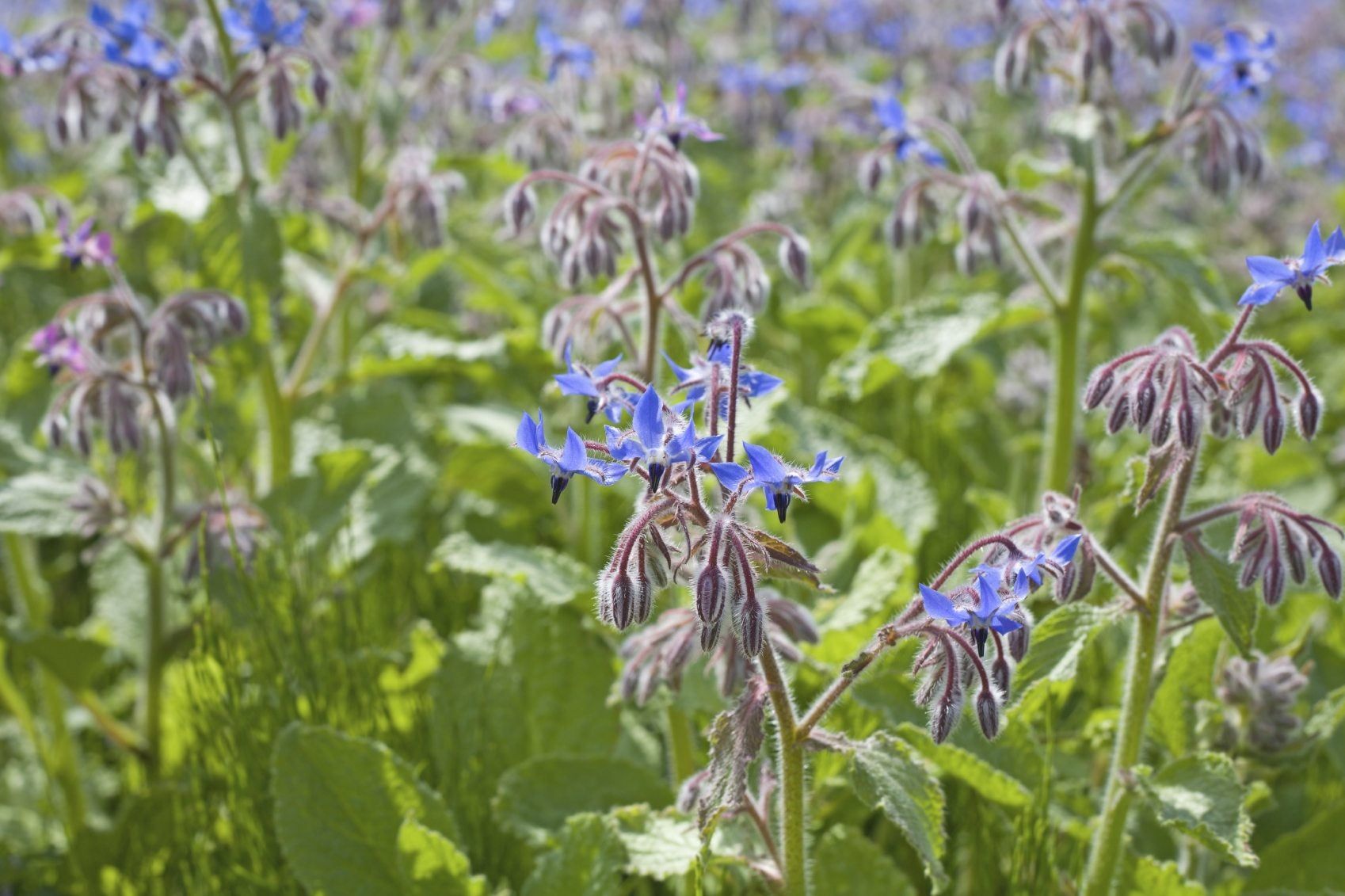- Thread starter
- #3,261
heirloomgal
Garden Addicted
- Joined
- Jan 17, 2021
- Messages
- 5,136
- Reaction score
- 16,853
- Points
- 285
- Location
- Northern Ontario, Canada
I'm enjoying my fall garden so much, bare as it is, because the few things that soldier on are really in good shape. Brassicas in particular, chards, but more than that the nicotiana plants are really what has me perplexed. Despite the huge size of those tender looking leaves they are clearly quite frost tolerant.
I find this hard to believe, they just seem like the kind of plants that would be extra sensitive to frost, and those leaves are so big and thin. Yet there they are, still perfectly green with no imperfections from freezes, except for the flower heads. Frost caused the necks to bend and the flower heads to perish, but the rest of the plant is fine. It is something I will definitely plan for in the future when I think of purposely creating a fall garden. Front yard farming is not attractive in early summer, it takes time, but it certainly has potential at the end of the season compared to front yard perennial gardens.
I went through the pink amaranth heads tonight; I learned this plant has many names, aside from amaranth & Lagos spinach it goes by ruby parfait, quail grass, celosia and feather cockscomb too. A florist friend offers seed for it on her cutting garden website, so she uses it in arrangements. I can see why now that I've grown it, even dried the color is attractive. For 3 plants I'm happy with the seed volume, 1/3 cup, though I lost a fair few when I blew them out with the hair dryer. I am torn between the desire for impeccably clean seed, and the desire to keep each and every grain!

It turned out that my gluttony for the Schöenbrunn's ground cherries is not so unforgivable. I pulsed the fruits tonight and rinsed them, which left me with a respectable amount of seed to offer to others, and also regrow them. Too bad the plants are just so big (compared to regular ground cherries), because the fruits are possibly the most delicious annual fruit I've ever grown. I seeded them far too late as well, and collected only 1/3 of what the plants are capable of producing, judging by what was killed by frost. SO glad I tried this fruit, a real keeper for sure.

I find this hard to believe, they just seem like the kind of plants that would be extra sensitive to frost, and those leaves are so big and thin. Yet there they are, still perfectly green with no imperfections from freezes, except for the flower heads. Frost caused the necks to bend and the flower heads to perish, but the rest of the plant is fine. It is something I will definitely plan for in the future when I think of purposely creating a fall garden. Front yard farming is not attractive in early summer, it takes time, but it certainly has potential at the end of the season compared to front yard perennial gardens.
I went through the pink amaranth heads tonight; I learned this plant has many names, aside from amaranth & Lagos spinach it goes by ruby parfait, quail grass, celosia and feather cockscomb too. A florist friend offers seed for it on her cutting garden website, so she uses it in arrangements. I can see why now that I've grown it, even dried the color is attractive. For 3 plants I'm happy with the seed volume, 1/3 cup, though I lost a fair few when I blew them out with the hair dryer. I am torn between the desire for impeccably clean seed, and the desire to keep each and every grain!
It turned out that my gluttony for the Schöenbrunn's ground cherries is not so unforgivable. I pulsed the fruits tonight and rinsed them, which left me with a respectable amount of seed to offer to others, and also regrow them. Too bad the plants are just so big (compared to regular ground cherries), because the fruits are possibly the most delicious annual fruit I've ever grown. I seeded them far too late as well, and collected only 1/3 of what the plants are capable of producing, judging by what was killed by frost. SO glad I tried this fruit, a real keeper for sure.
Last edited:


